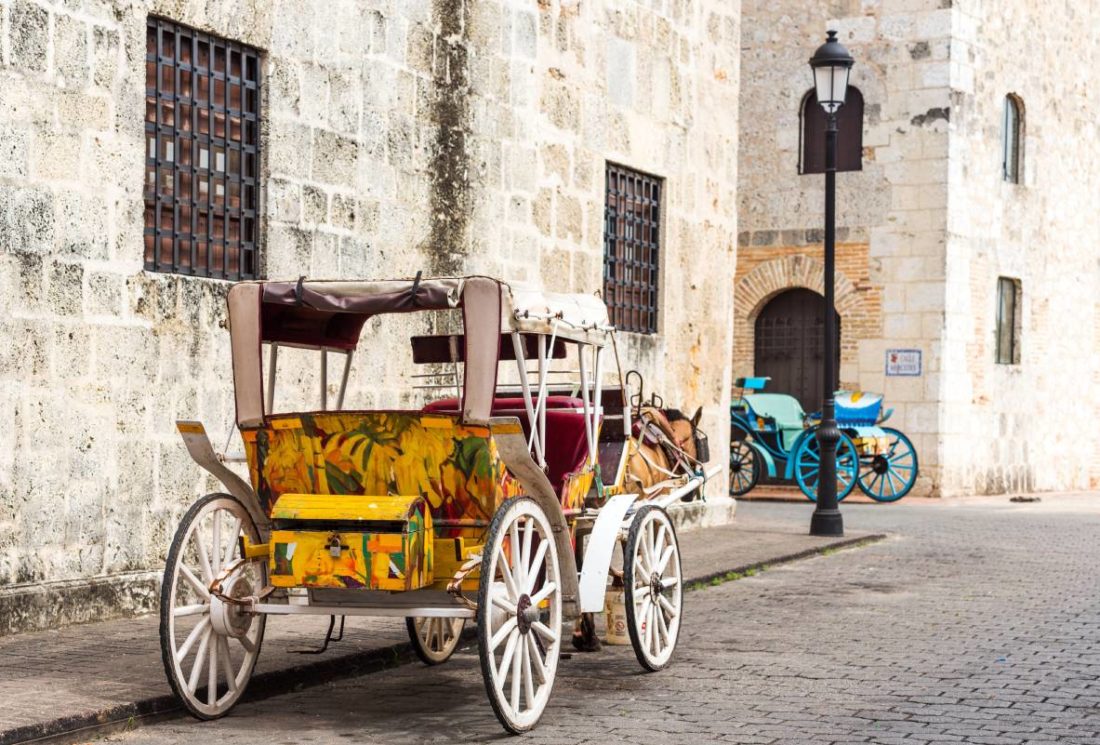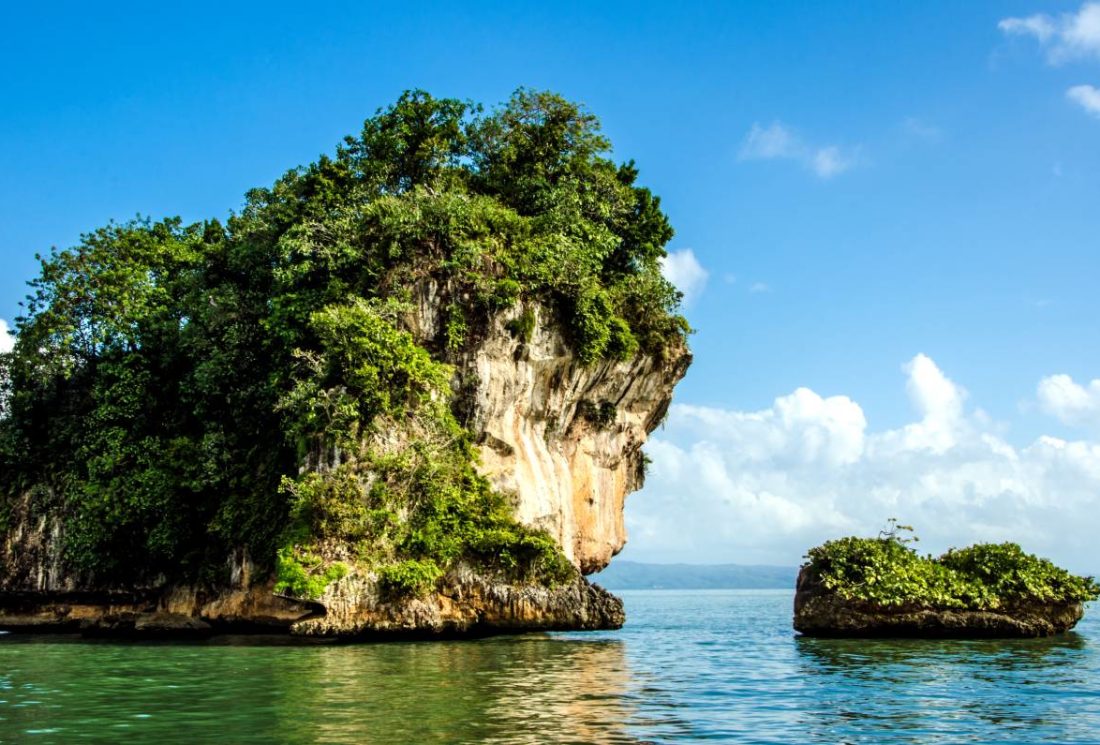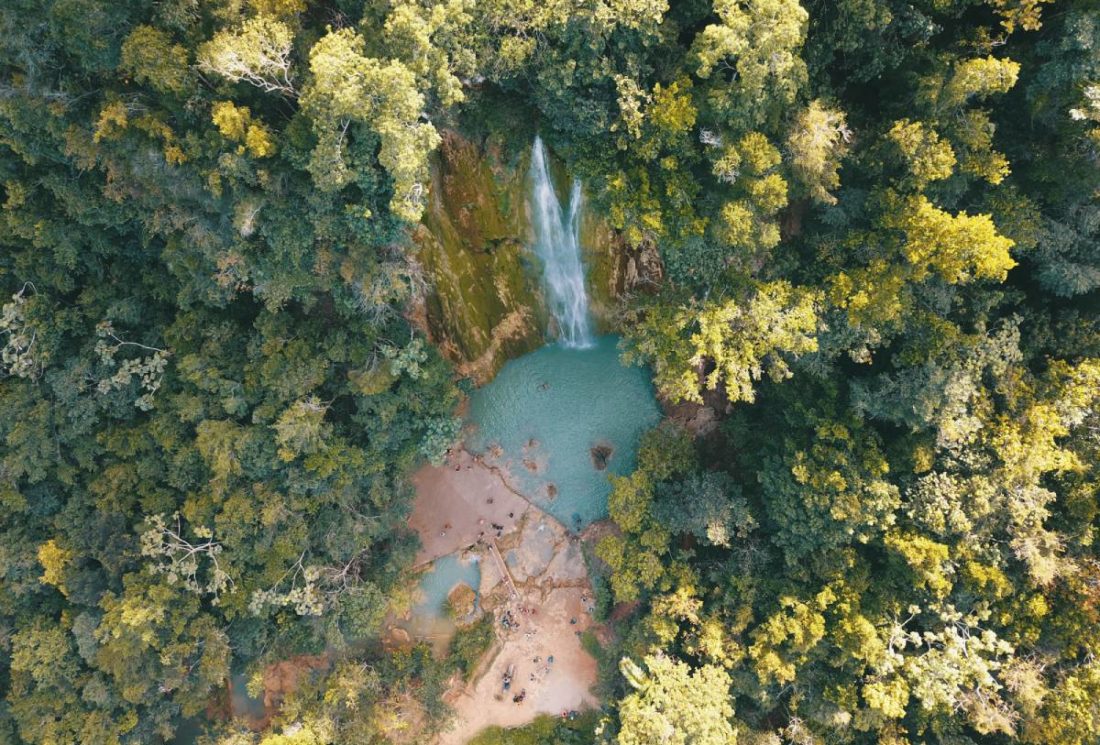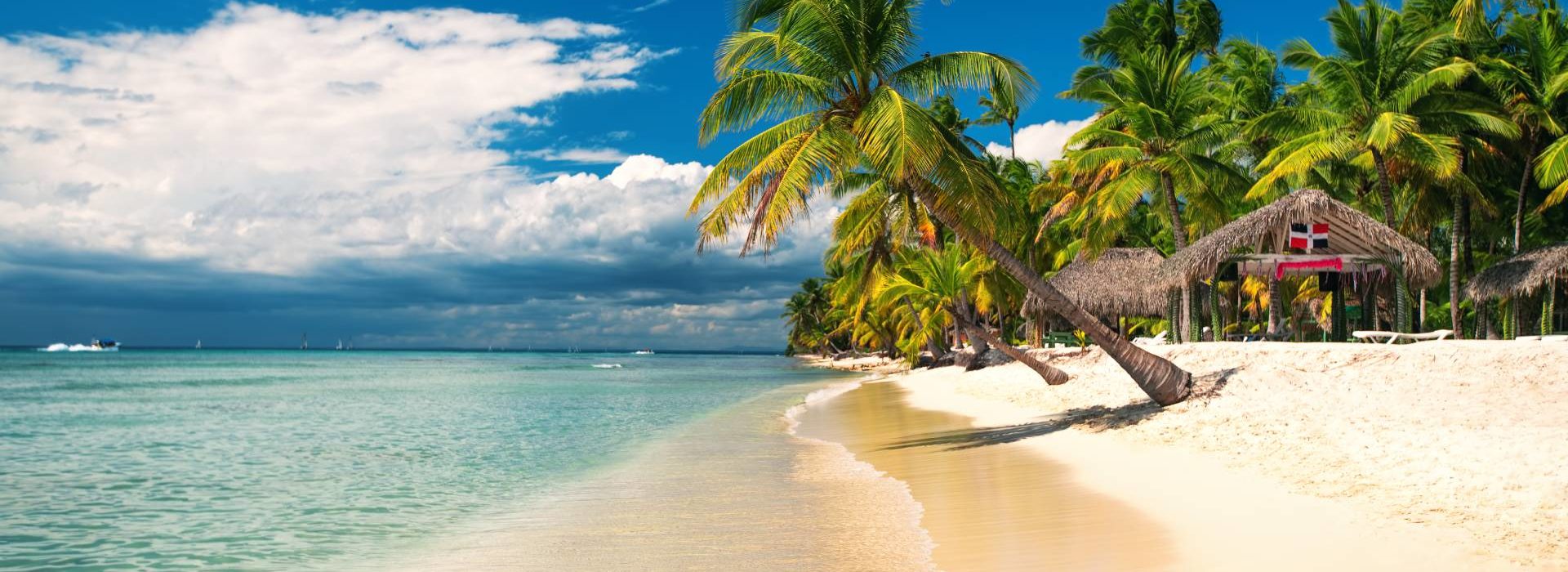
Dazzling Dominican Republic: A travel guide
The Caribbean country of varied landscapes
The Dominican Republic is synonymous with pristine white sandy beaches lined with coconut festooned palm trees. But while it certainly has some of the best beaches in the world, there’s so much more too.
This is the Carribean country that offers many varied landscapes of lush jungles, wondrous waterfalls, mangrove lagoons, sand dunes and rocky cliffs.
It’s little wonder this is a widely coveted dream destination. The reality certainly lives up to the fantasy.

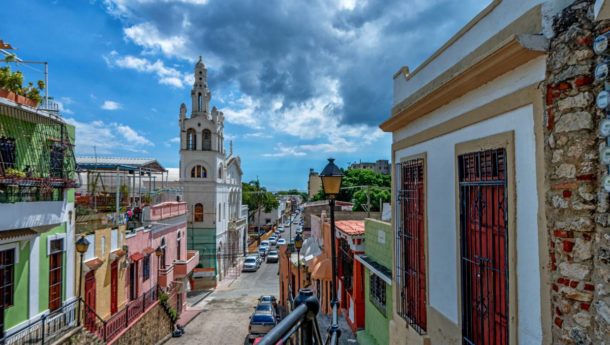
Dominican Republic at a glance
The Dominican Republic is a Caribbean country on the East on the Hispaniola Island, which is also home to Haiti.
Its popularity continues to grow and a large new resort formed on the previously isolated north coast in 2019. Recent figures show 2017 saw more than 6 million visitors.
The second-largest country in the Caribbean, the Dominican Republic is smaller only in area than Cuba. It is the third-largest Caribbean nation in terms of population. Of its 10 million residents around 3 million reside in Santo Domingo, the capital city and largest city in the Caribbean.
Punta Cana, in the east, is famous for its all-inclusive resorts, which attract celebrities and stars.
Travel advice when visiting Dominican Republic
According to gov.uk, 179,000 Brits visited this country in 2017. The majority are without incident. There has, however, been incidents of crime and violence. Make sure you take necessary precautions to avoid mosquitoes – it is possible to get dengue fever and chikungunya virus here. There is also a risk of the Zika virus. Ensure you have travel insurance before your trip, just to be on the safe side.
Safety tips
Be aware if you are close to the border with Haiti, armed robberies have been known to take place on the roads around here. Hurricanes are also possible, so it is important to keep an eye on any updates, especially if you are visiting between June and November.
Transport
Metro – the capital, Santo Domingo, has one of the biggest in Central America and the Caribbean.
Taxis – can be found in designated stops or you can phone for one.
Buses – can be found in the large city but you are more likely to take the publicos as they are more frequent. These drive on set routes – normally similar to the buses but may be cars, minivans or pickup trucks.
There are also motoconchos which are motorcycle taxis – these are handy for getting around towns but not ideal if you are taking longer journeys or have luggage. You’ll also need to get one each.
Average accommodation costs
The average accommodation cost for one person is RD$ 3,922 (around £62) and for two people it is RD$ 7,844 (around £123.)
The best beaches in the Dominican Republic
The Dominican Republic has a well earned reputation as one of the best beach holiday destinations in the world.
Amidst its 800 miles of shoreline there are paradise hideaways, bustling areas of beach front bars and beaches for aspiring and serious surfers and kite surfers. Calm swimming spots are plentiful as are a full range of watersports and fun.
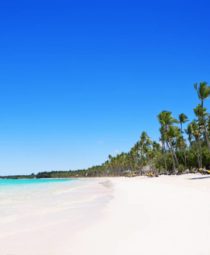
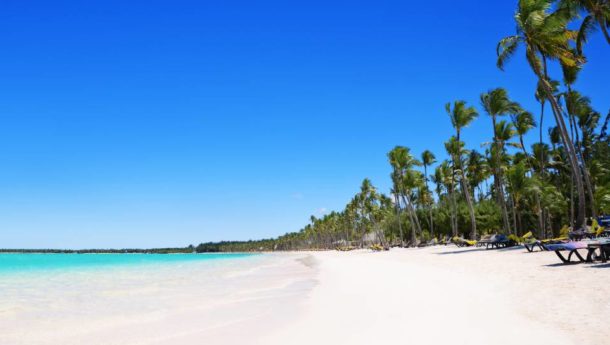
Bavaro Beach
Bavaro Beach is to be found on the northern tip of the popular and established resort of Punta Cana, in the east of the country.
Palm trees, a broad stretch of white sand and calm, turquoise waters combine here. There are many beachside bars and all inclusive resorts along this stretch.
A parasailing and fun zone is available to those seeking action.
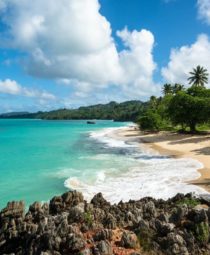
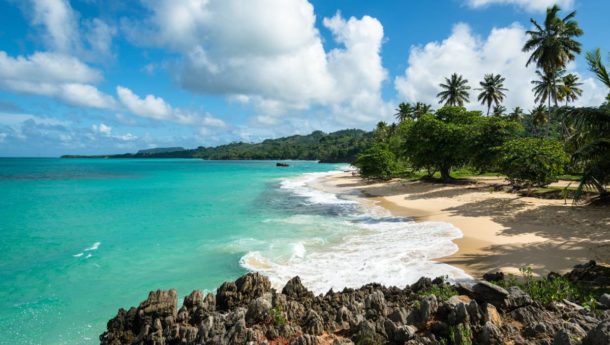
Playa Rincon
Conde Nast Traveler voted Playa Rincon as one of the top ten most beautiful beaches in the world.
It is around 15 minutes by road from Las Galeras but many visitors choose to access it by boat. The beach is a favourite spot on the Samaná Peninsula.
Playa Rincon offers a vast stretch of white sand and calm waters in the midst of tropical scenery.
Beachside restaurants serve freshly caught fish and hire out beach chairs. At the western end of the beach a freshwater stream can be found. On the northern side the waters are choppier and can be perfect for bodysurfing.
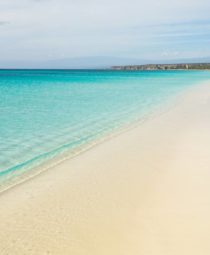
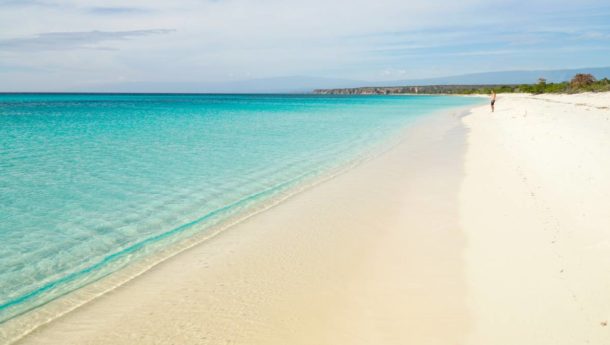
Bahia de las Aguilas
This is a remote beach in the south west of the country, set apart from resorts and nightlife. It is considered by many Dominicans to be the best of all the paradise beaches in the country.
Bahia de las Aguilas is in the Jaragua National Park. It is close to the Haiti border and one of the least visited beaches in the Dominican Republic.
This tranquil beach can be reached by boat from Cabo Rojo. By road, an all terrain vehicle is needed.
Excursions from Dominican Republic
Saona Island or ‘Isla Saona’ is a popular excursion in the Dominican Republic. It’s a very underdeveloped tropical island 12 miles off the south east coast. The point of departure is close to the small fishing village of Bayahibe. On the beach you’ll find straw roofed huts and the whitest, powdery sand. The island is part of a protected park and the natural lagoon is a wonderful place for snorkelling where large starfish can be spotted.
Jeep safaris are widely offered in the Dominican Republic with some allowing the opportunity to see sugar cane and rice fields and learn about the production of cigars, chocolate and vanilla. They can also be a chance to get off the beaten track a little into the more rural Dominican and see how the locals live.
Ziplining, snorkelling and horse riding experiences are also popular as day trips.
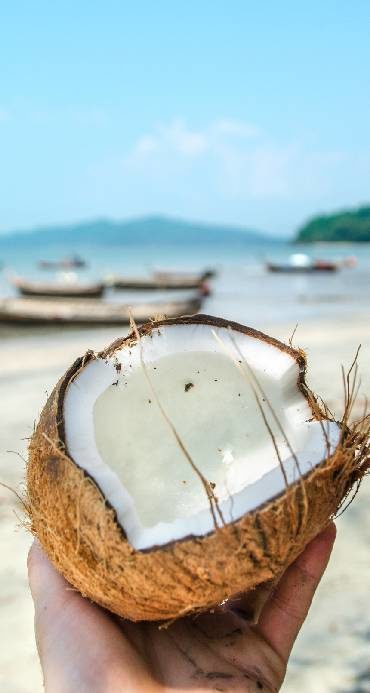
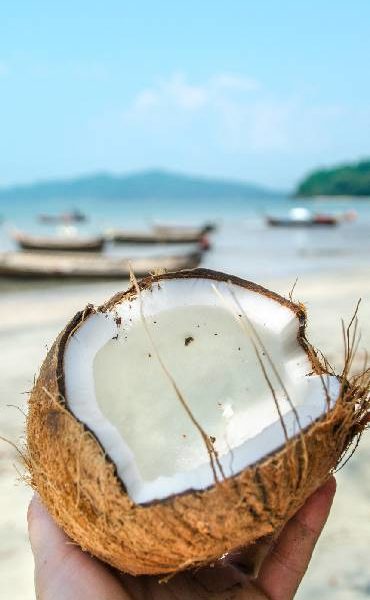
Food and drink in the Dominican Republic
The Dominican Republic is a place where you have to get out and try the local food. Influences from Spain, Africa and the indigenous Taino people create tempting flavours.
Mangu is a traditional dish often served as part of a traditional Dominican breakfast. It is made from boiled and mashed plantains topped with red onions and cooked in vinegar. It is served with fried salami and fried cheese to create ‘los tres golpes’ (the three hits).
The ‘bandera dominicana’ or Dominican Flag is widely eaten and includes rice and beans, usually with chicken and crispy, fried plantains.
Seafood is, of course, prevalent and great in all the Caribbean islands. Red snapper is one of the most popular fish.
Desserts are generally very sweet. One that’s popular is ‘dulces con coco,’ which is made with molasses and coconut shavings.
Drinks to try include the excellent Dominican coffee, usually served strong and sweet, fresh coconut milk and orange juice and, of course, the local rums!
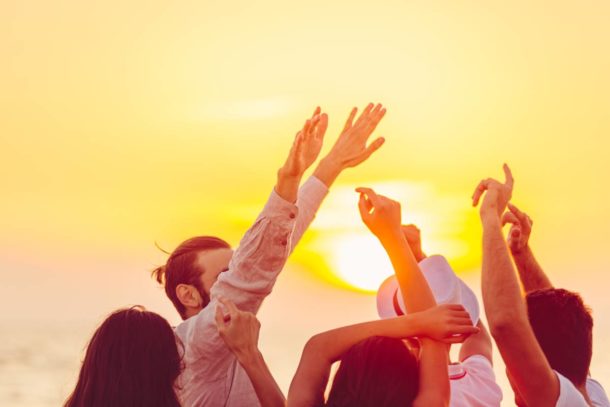
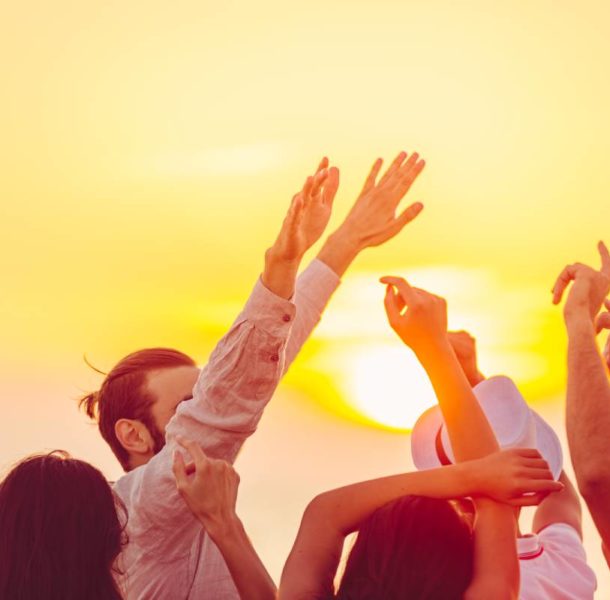
Dominican Republic nightlife
The Dominican Republic is a nation with music and dancing at its core. Merengue and bachata fill the air.
Across the country you’ll find happy, radiating beats at night. Equally, tranquility and sophistication are easy to achieve in this destination that is as perfect for romantic evenings as it is for partying the night away.
In Cabarete, the beachfront bars continue to buzz into the night. Santo Domingo is full of live performances, clubs and bars. Whilst Punta Cana is said by some to have the best nightlife in the Caribbean.
Coco Bongo is a famous club in Punta Cana, which is open until the early hours. There you’ll find lasers, smoke, dancers, confetti, trapeze performances and cabaret.
Shopping in Dominican Republic
Local arts and crafts are everywhere in the Dominican Republic, where shopping is an activity and delight all of its own.
From the shopping malls and galleries of Santo Domingo to the boutiques of Cabarete, you could fill entire days browsing and buying.
Taino ceramics, amber and larimar jewellery and cigars are among the special purchases many make here. Colourful markets are as abundant as designer stores. Even the most dedicated shopper won’t be left wanting.
Dominican Republic culture and art
Parque Colon, the central square of Santo Domingo’s ‘Ciudad Colonial’ (Colonial City) historic district is an important cultural landmark of this nation. Santo Domingo became the first European settlement in America when Christopher Columbus landed on the island in 1492. As the site of the Americas’ first castle, cathedral, and monastery, the colonial zone is a World Heritage Site.
The Eduardo León Jimenes Cultural Centre, or Centro León, is rated as the Dominican Republic’s top museum on TripAdvisor. The museum, in Santiago de los Caballeros, provides information and exhibitions around the art and culture of the country.
Today’s Dominican people highly value music, especially merengue and bachata, as well as sport. Baseball is the main national sport.
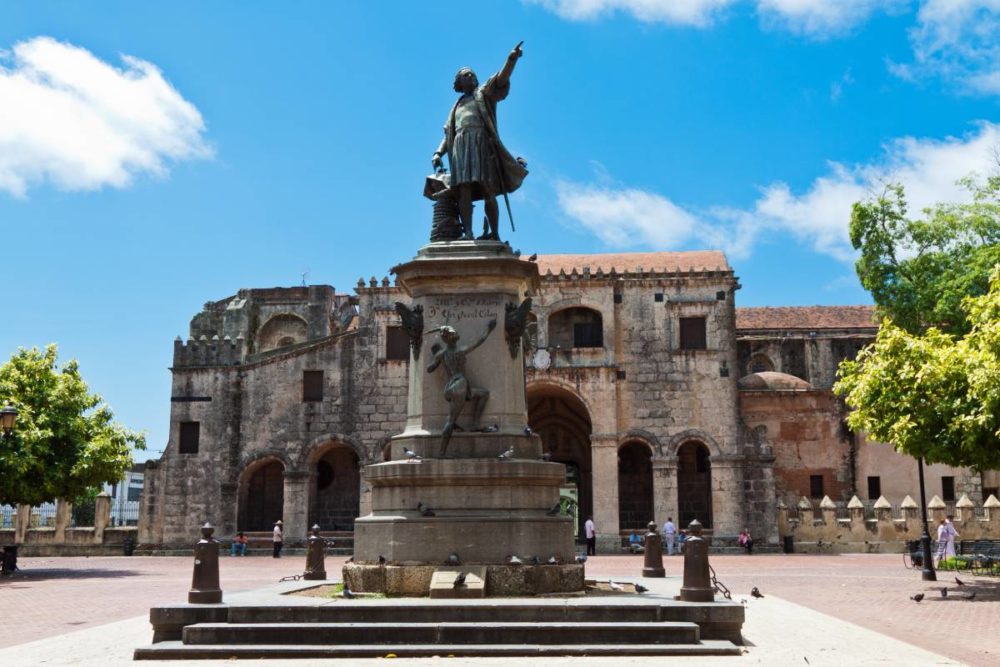
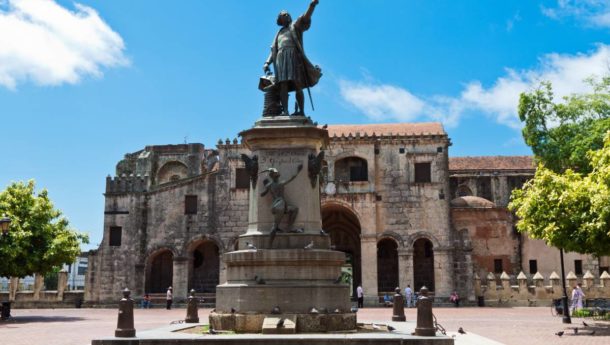
Outdoor adventure in Dominican Republic
There are endless things to do in the Dominican Republic outdoors.
Sirenis Aquagames, in Punta Cana, is an exciting water park with four-lane speed slides among the attractions.
For more natural attractions, visit one of the many nature parks. The Three Eyes National Park (Los Tres Ojos), near Santo Domingo is a stunning limestone cave with three blue lagoons within. It is beautifully lit at night.
Wildlife lovers also have a lot to find in the Dominican Republic. Samana Bay is a natural mating and calving ground for humpback whales between mid January and late March.
Manatees may be spotted in the north of the country at Estero Hondo Marine Reserve. Many types of bird live in the nation, including Ridgway’s Hawk, a native of the Hispaniola island. Gri Gri Lagoon, amidst thick mangroves, is a beautiful spot and a haven for birds, including sea egrets and vultures. There are dolphins in the bay at Los Haitises National Park. In Lake Enriquillo (Lago Enriquillo), in the south west, American crocodiles can be seen. Head to the Mountains of Anamuya to see squirrel monkeys and take part in a ziplining adventure.
If you want to ride the waves then head for Cabarete – it is the best place for surfing in the Dominican Republic. Whilst, in Dunas de Bani, you can surf the sand dunes made of volcanic rock.
Head to the 800m peak of the Pico Isabel de Torres mountain either via foot or cable car for incredible views.
All of that before even mentioning the island’s incredible snorkelling, its golf courses and so much more.
Off-the-beaten track
Once you have seen the touristy side of the Dominican Republic, you may like to see the parts that visitors often overlook too.
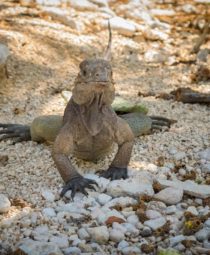
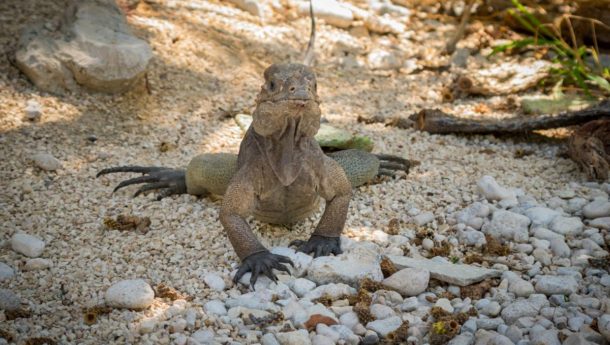
Lake Enriquillo
Lake Enriquillo is the largest lake in the Caribbean and a place to spot some arresting wildlife. Boat trips across the lake allow visitors to get up close to American crocodiles on the central Cabritos island. The lake is also home to pink flamingos and iguanas are prevalent on the shores.
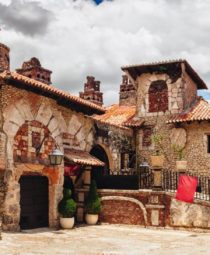
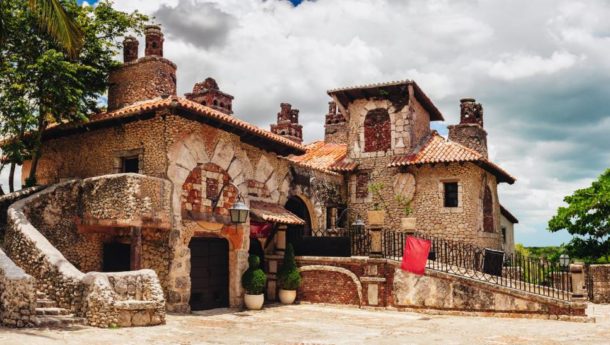
Altos de Chavon
The attractive church of Altos de Chavon is a popular wedding venue in the Dominican Republic. It is one of the centrepieces of this charming village. Despite its old world feel this replica 16th century Mediterranean village was constructed in the 70s. It’s a popular tourist attraction and especially pretty at night when it is cleverly lit.
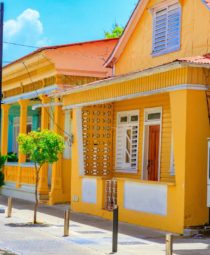
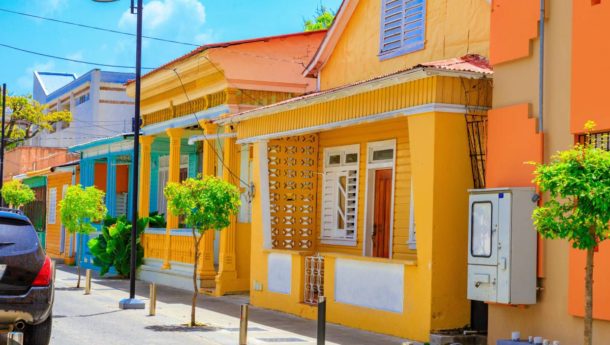
Colourful side-street houses
Traditional Caribbean houses are known for their vibrancy and colour and those in the Dominican Republic are no exception. Wherever you are staying or visiting, take the time to seek out the rows of technicolour homes and breathe them in. You’ll find these across the country from Santa Barbara de Samana through Santo Domingo to Puerto Plata.
Best times to go to the Dominican Republic
The only time when the weather in the Dominican Republic is anything other than lovely is likely to be during hurricane season.
Hurricanes are most likely to hit in August and September but the season can stretch between June and November.
July and August are nevertheless very busy tourist months and resorts buzz with people at this time.
The country’s winter months of December to February, arguably bring the most optimum climate. These months do tend to still be busy with in-the-know tourists.
Now you know what to expect from this beautiful destination, you can start planning your holiday, ensuring your itinerary is filled with the very best that the Dominican Republic has to offer.

Find the perfect Dominican Republic holiday
Let us help you find the perfect holiday destination for you
View all Dominican Republic holidays